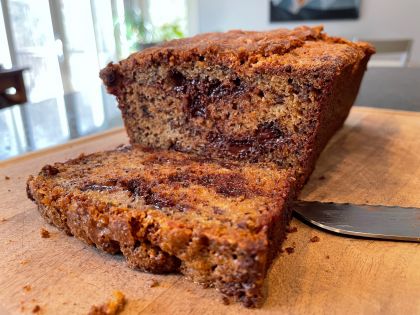As discussed in the ‘Grass Fed’ No More article I wrote a few years back, the USDA appears complicit in the white-washing of food labels.
The system is set up so that when consumers look for higher quality products, the USDA regulates the use of the terms used to describe the improvements (i.e. ‘Grass-Fed’, ‘Organic’, ‘Pasture Raised, etc)
We should all WANT the USDA to do this. Someone needs to define these terms so that they actually mean something — allowing consumers to have confidence their food was raised as they expected (and paid a premium for).
Unfortunately, the USDA often does this in a way which waters down the meaning of the term so much that the reality of the way the food is raised is nothing like what consumers expect the terms mean. This allows big agriculture to use those terms without improving their production models.
Factory Pasture Raised Rules
In the case of “Pasture Raised” for poultry, the definition is simply ‘access to the outside’. So there is ZERO labeling difference between the eggs that say ‘free range’ or ‘pasture raised’ (and I think most of us know by now that ‘free range’ can simply mean a factory without cages and a tiny door no chickens ever use)
In fact, since even the factory organic laying hens are required to have some sort of ‘access’ to the outside, 100% of certified organic eggs appear to qualify as “Pasture Raised” even though the hens may never see the light of day outside.
So to be clear, when you are buying any poultry products in the store, the term ‘pasture raised’ only means access to the outside. One should probably assume there is no green grass and that the birds are raised about the same as ‘cage free’ factory chickens.

















Comments (0)
Add a Comment
Add a Comment